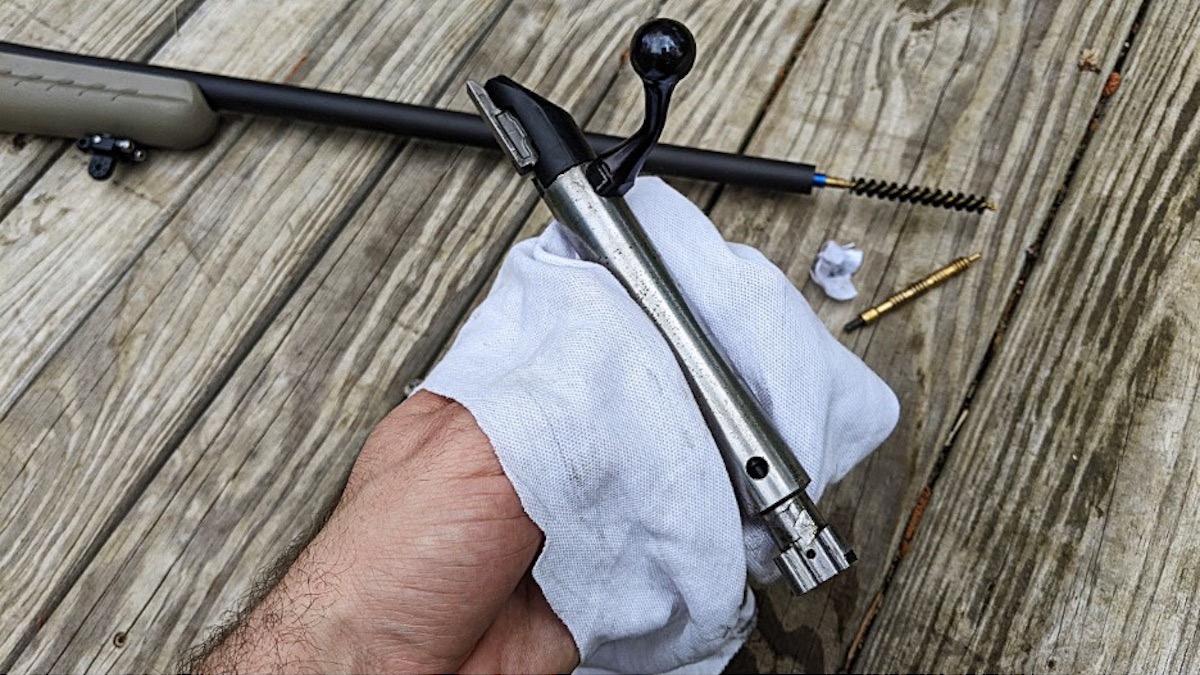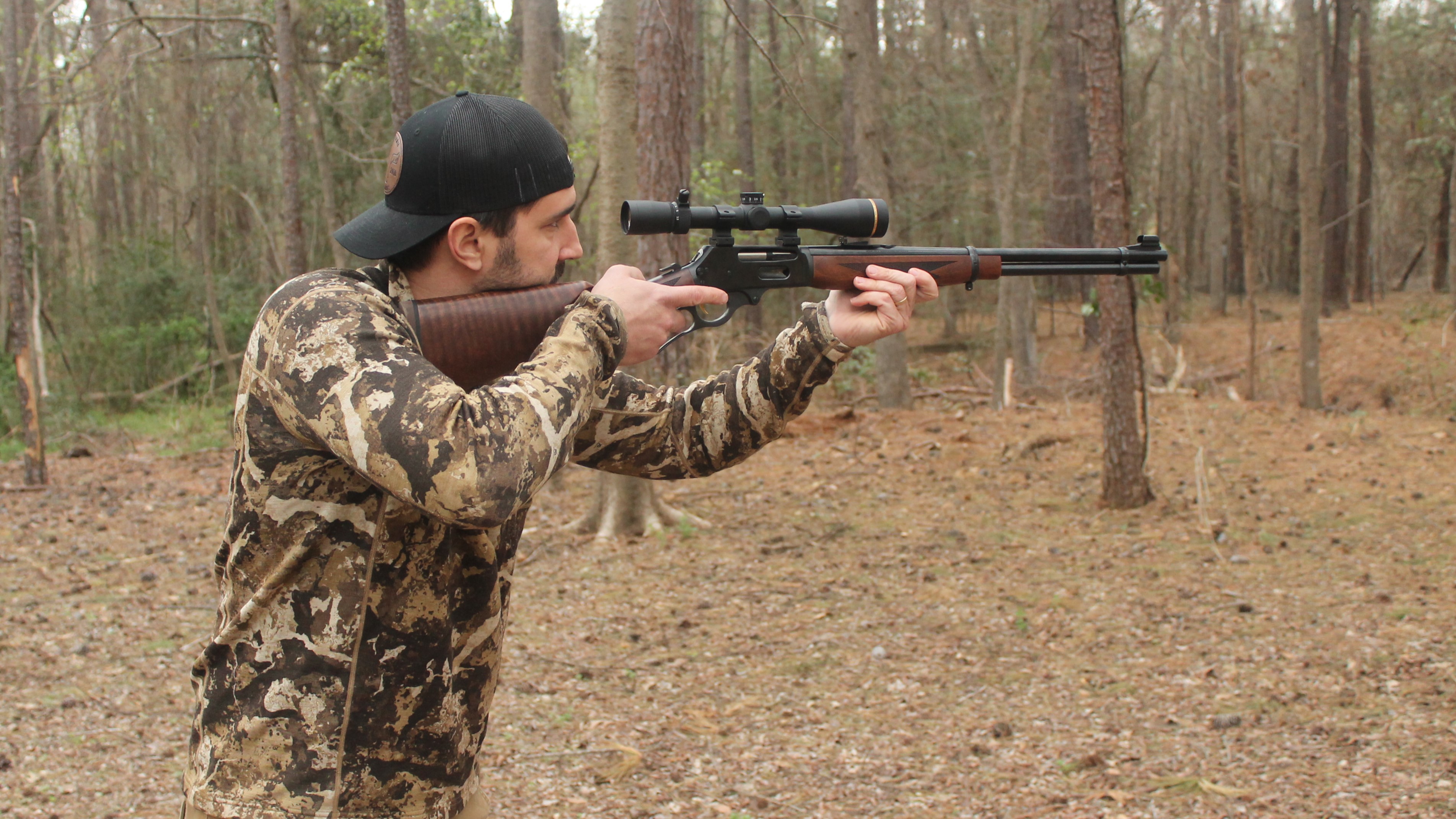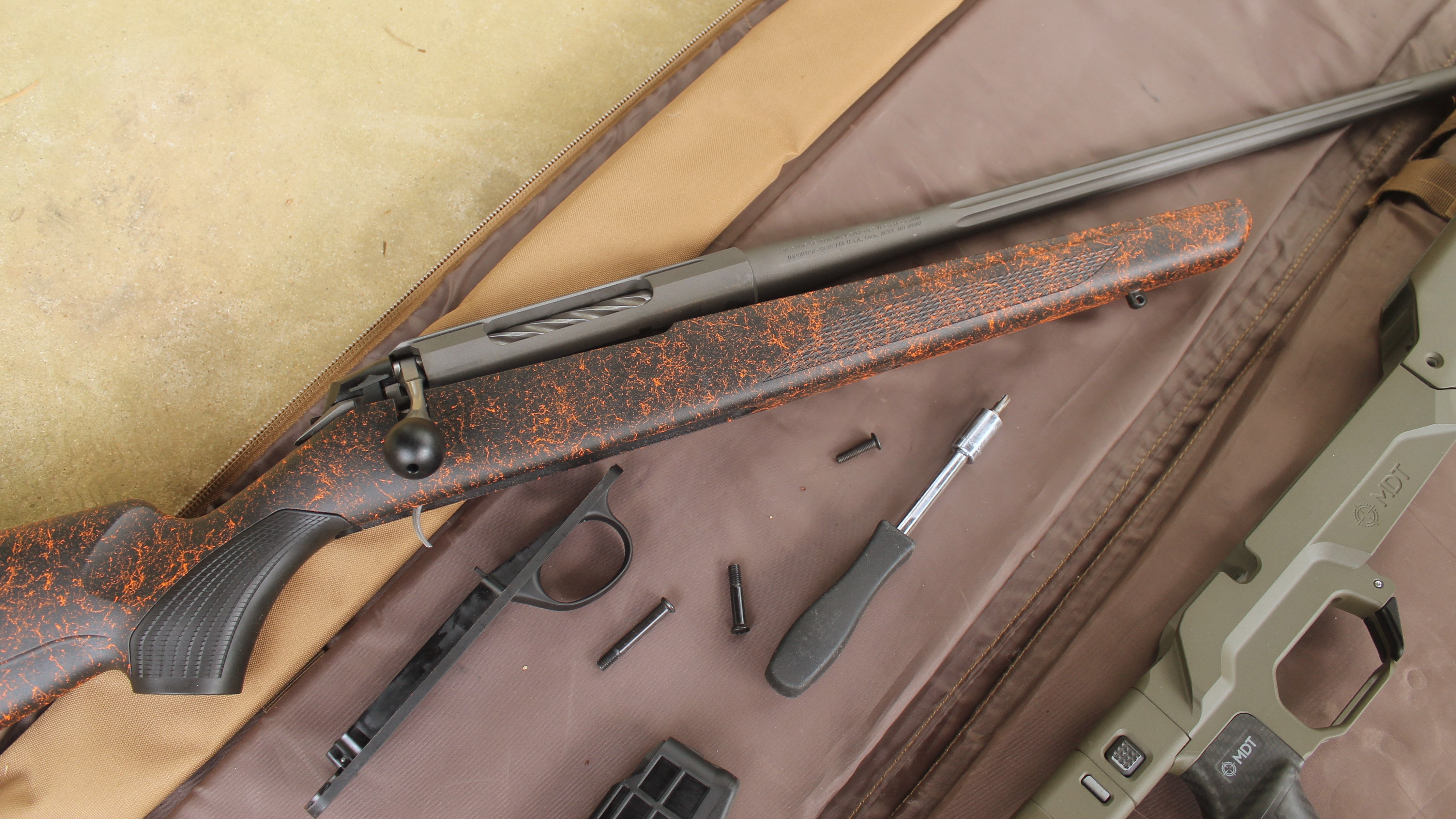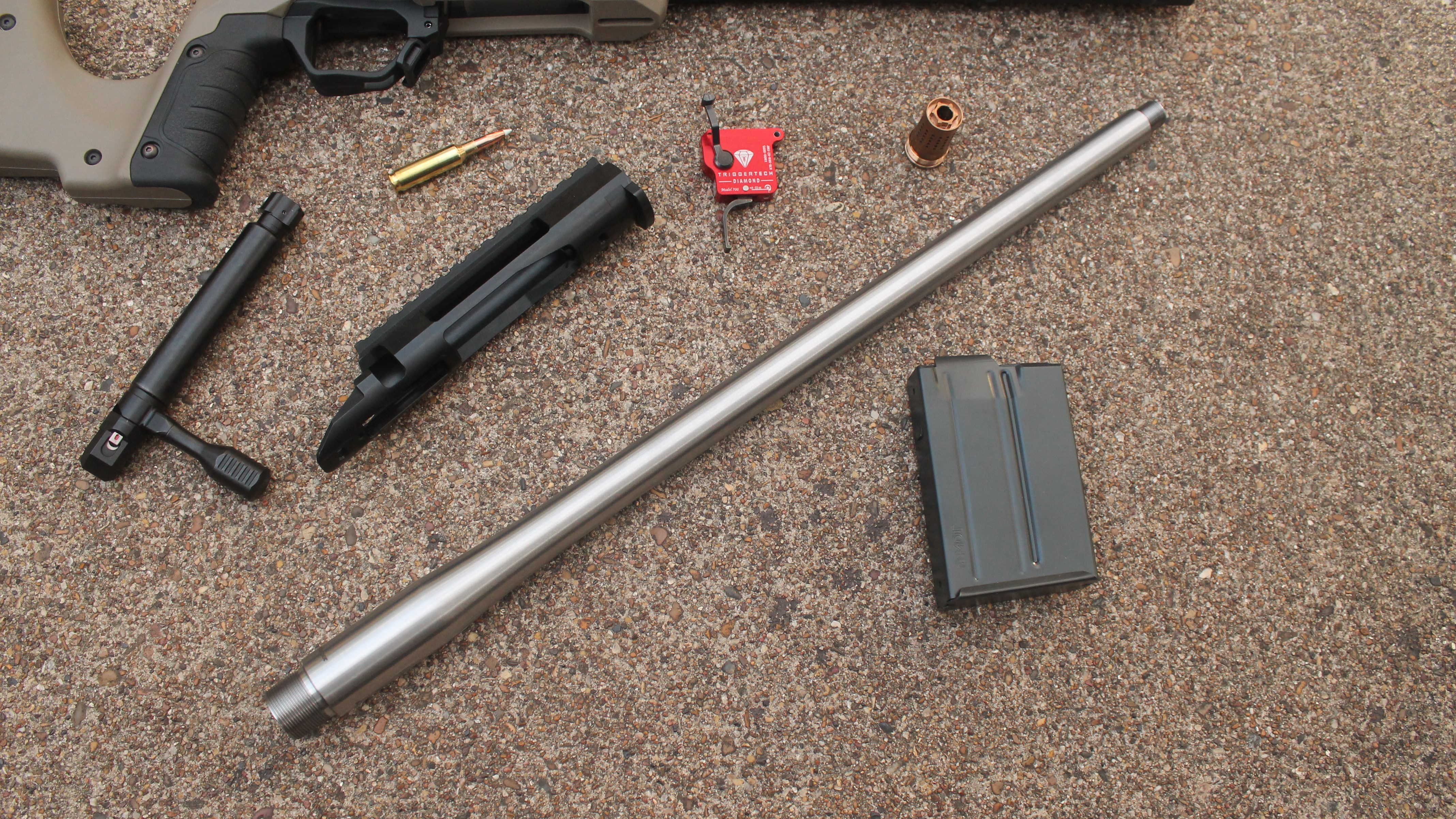Most hunters love their shooting irons (sometimes more than they should), but nothing in this life is perfect. Rifles don’t always perform like you hope, and one bad experience can be enough to banish a once-loved rifle to the back of the safe.
But is it really the gun’s fault? How do you know whether a rifle can be redeemed or you’re hunting with a real lemon? That’s the question we aim to answer here. If you’ve ever found yourself muttering curses to your hunting rifle on a drying-up blood trail, you’ve come to the right place.
You Haven’t Found the Right Ammunition
Poor accuracy is the number one complaint about any hunting rifle. Uncomfortable ergonomics can be overlooked and a creepy trigger can be forgiven. But if the rifle can’t put a bullet where it’s aimed, it’s not much good to anyone.
The good news is that hunting rifles (especially those with slim profile barrels) can be picky about ammunition. That’s not a good thing, exactly, but it’s encouraging if your hunting rig isn’t shooting small enough groups. You might just not be feeding it what it likes.
In my experience accuracy testing long guns, I’ve been consistently amazed at how much a different box of ammo can improve group size. I’ve seen rifles throw 2.5-inch groups with one bullet weight/ammo maker and sub-one-inch groups with another. Bullet weight usually makes the biggest difference, followed by bullet style and ammunition manufacturer.
This Beretta BRX1 is a solid example. It did not like the 130-grain controlled expansion tip bullets loaded by Sig Sauer, but as soon as I switched to 140-grain Accubonds from the same company, the average five-shot group size shrank by 41%.
You won’t always see that kind of improvement. Sometimes, a rifle will have an accuracy ceiling that no ammunition can break. But if your hunting rifle sucks because it’s not accurate, you should start by trying a different box of bullets.
It’s Dirty
If your long gun isn’t performing as well as you’d like, your first question should be: does it need to be cleaned?
A dirty barrel can impact accuracy, and a dirty action can reduce reliability. If you don’t want your hunting rifle to suck, make sure it gets a good cleaning every once in a while.

How much this improves the rifle’s performance depends a lot on the gun. My accuracy testing involves long days at the range during which I’ll shoot dozens and sometimes hundreds of rounds. Some guns handle that gauntlet like a champ, and I don’t notice any accuracy or reliability issues. Others need to be cleaned during the course of that testing.
Pay attention to how your rifle is performing and how long it’s been since the last cleaning. Expanding groups are a sure sign it’s time to break out the bore solvent, and a sticky bolt can be dramatically improved with some cleaner and a small amount of gun oil.
If you geek out over gun hygiene and want to know more about how and how often to clean your guns, check out this article.
It’s Not Set Up for You
Shotgunners understand the importance of a gun that fits, and the same holds true for rifle hunters. Setting up a rifle for you can greatly improve your shooting experience and help you get shots off more quickly and accurately.
The rifle’s length of pull should allow you to shoulder the gun without having to lean forwards or backwards and easily reach the trigger. The comb height should allow you to maintain a good cheek weld and a clear sight picture at the same time.
Most importantly (in my opinion) the scope shouldn’t be mounted too far forward or backward. As Cal explains here, the scope should be mounted so that when you get behind the rifle, you end up in the scope’s “eye box.” The eye box is where your eye needs to be to obtain a clear sight picture without any black around the edges. For most scopes, that’s between two and three inches on full magnification.
Before you tighten your scope rings, get behind the rifle and slide it forwards and backwards until you’re comfortable with where the scope is. Then, mark that position on the scope tube with a pencil so you can reference it again if you have to remove the scope from the rings. Finally, tighten the scope in that position.
You Have a Screw Loose
Your brain isn’t the only thing that gets slightly rattled by the recoil of a centerfire rifle cartridge. The screws that hold the scope rings to the action, the scope to the scope rings, and the action to the stock are all at risk of loosening a little with each shot. Over time, that loosening can cause serious accuracy problems, all of which will make your hunting rifle (you guessed it) suck.
Fortunately, this problem can also be easily solved. Verify all your screws are tight before each trip to the range and definitely before each hunting season. If you find that one of the screws has worked itself loose, you may need to re-verify your scope’s zero before taking a shot on an animal. If it’s a single screw on a scope ring, you’re probably safe; if it’s an action screw or a loose scope rail, you’ll want to take another trip to the range.
It’s also a good idea to verify that all the screws are torqued to the right specs. Your rifle’s user’s manual should list the torque weight for the action screws, and the same goes for your scope and scope ring manuals. Most actions fitted to a synthetic stock should be tightened to about 60 inch-pounds; scope ring bases are usually 30-40 inch-pounds; and scope rings are about 20 inch-pounds. But you should always check your user’s manuals to confirm.
Inch-pound torque wrenches are available at most sporting goods stores or online. I’ve used a Wheeler FAT Wrench for years and it’s still going strong.
The Barrel Is Pitted or Worn
All the rifle maladies we’ve covered so far can be easily fixed. This one, not so much. Rifle barrels can become pitted if rust is allowed to develop and eat away at the steel. The lands and grooves just past the barrel’s throat can also wear out over time, which increases the distance a bullet has to travel to reach the lands and grooves that begin the rotation. Both issues can significantly diminish accuracy since the imperfections in the barrel impede consistent bullet flight.
If you’re wondering whether your barrel is worn or pitted, a gunsmith can use a bore scope to inspect the bore for damage (cheap cameras can be purchased online, but I’ve found that they aren’t even worth the $50). Or, you can make an educated guess. If you purchased the gun from the used rack and it’s been thoroughly cleaned, extreme inaccuracy may be due to pitting. A from-the-factory gun used to shoot thousands of rounds is probably worn out. But if you purchased the gun new, haven’t shot it much, and are still experiencing accuracy issues, it’s unlikely to be a worn or pitted barrel.
Deep cleaning with a product like JB Bore paste can remove surface rust inside the bore, but if these problems are significant, there isn’t a way to fix either issue except by replacing the barrel. A qualified gunsmith may be able to help you with that, though there are some rifle designs that don’t allow for easy barrel swaps. That’s part of the reason it’s smart to purchase a rifle or action that lets the user swap barrels at home, like the Aero Solus action we covered here.
Last Shot
There are, unfortunately, many more reasons your hunting rifle might suck. It might be chambered in a caliber that’s under- or overpowered for the game you’re chasing. The gun might be too heavy for you or too light for the recoil. The action might be broken or damaged so that it doesn’t cycle reliably, or the stock might be worn or cracked so that it doesn’t hold zero.
Identifying and fixing problems with your hunting rifle can be frustrating and time-consuming, but we’ve all been there. Don’t let it discourage you from getting out in the field, and don’t hesitate to move on if it’s just not working. There are plenty of guns in the sea.
Read the full article here




